Australia’s Gold Rush is a pivotal chapter in the country’s history, shaping its economy, society, and culture. The discovery of gold in the mid-19th century sparked mass migration, transforming Australia from a British penal colony to a prosperous and booming nation. This article will take you through the key events, locations, and lasting impacts of Australia’s Gold Rush.
1. The First Discovery of Gold
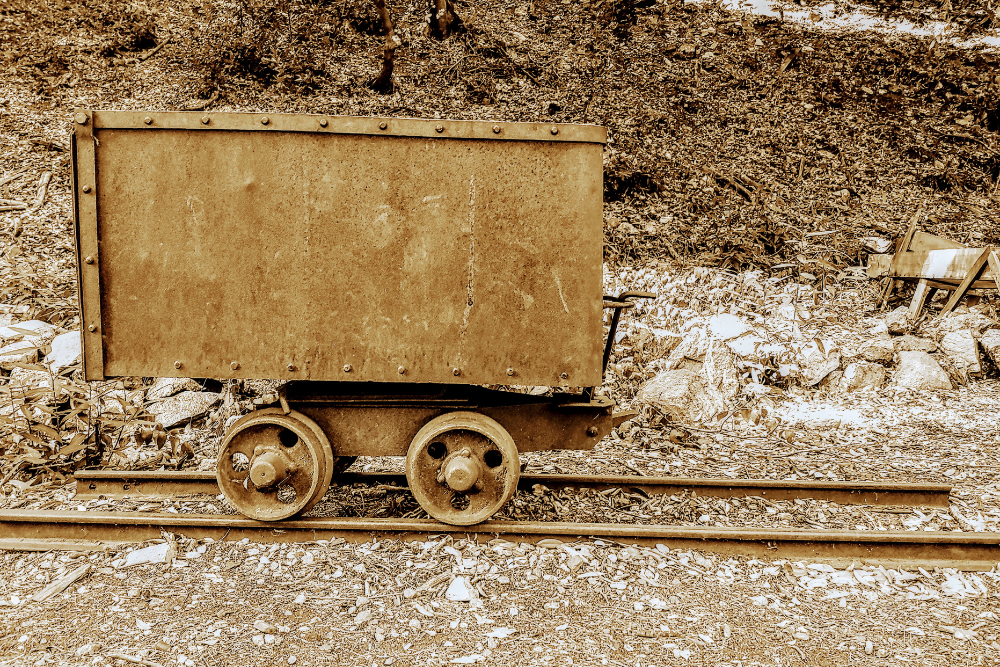
The Australian Gold Rush began in 1851, although gold was rumored to exist in the country long before it was officially discovered. The first significant discovery of gold occurred at Bathurst in New South Wales, where Edward Hargraves, an Englishman, found gold in a creek near the town. Hargraves had been inspired by stories from California’s Gold Rush, which was already well underway in the United States.
- Edward Hargraves is often credited with the discovery, but many believe Indigenous Australians had known of gold in the area for centuries.
- Hargraves’ find at Fish River sparked excitement, and within weeks, news spread throughout the country.
2. The Great Gold Rush of 1851-1860
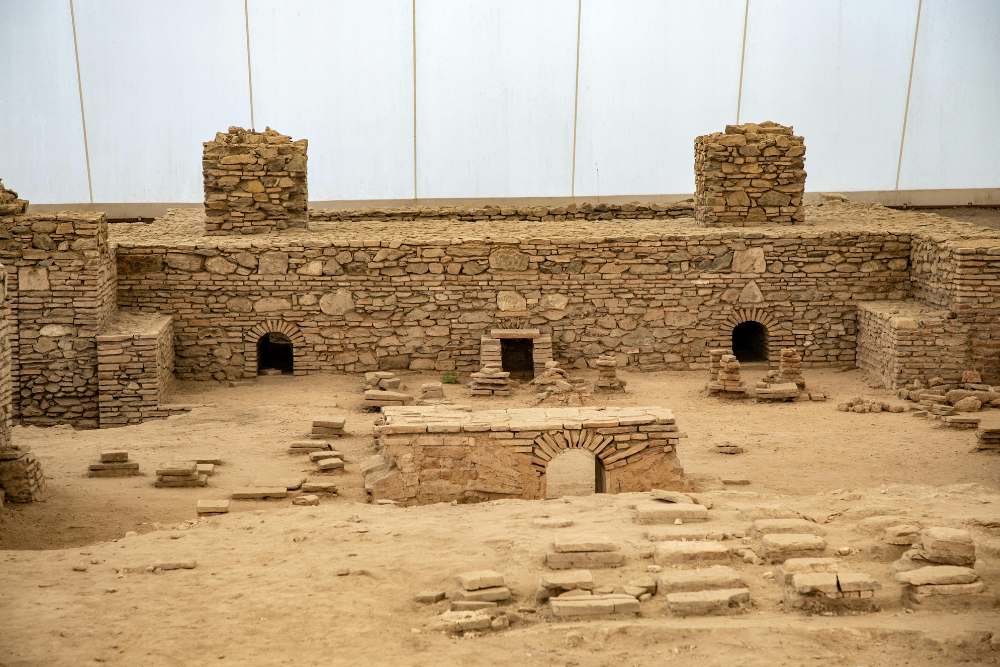
Following the initial discovery, news of gold spread like wildfire across Australia and the rest of the world. The population of Sydney surged as people flocked to the goldfields, hoping to strike it rich. The first official gold rush began in New South Wales and Victoria, followed by discoveries in Queensland, Tasmania, and Western Australia.
Key Goldfields:
- Bathurst (New South Wales): The site of the first significant gold discovery in 1851.
- Ballarat (Victoria): One of the largest and most prosperous goldfields in Australia, particularly famous for the Eureka Stockade.
- Bendigo (Victoria): Another major gold-producing area, home to some of the richest gold mines in the world.
- Mount Alexander (Victoria): This was one of the earliest major goldfields, with significant discoveries in the 1850s.
3. The Eureka Stockade
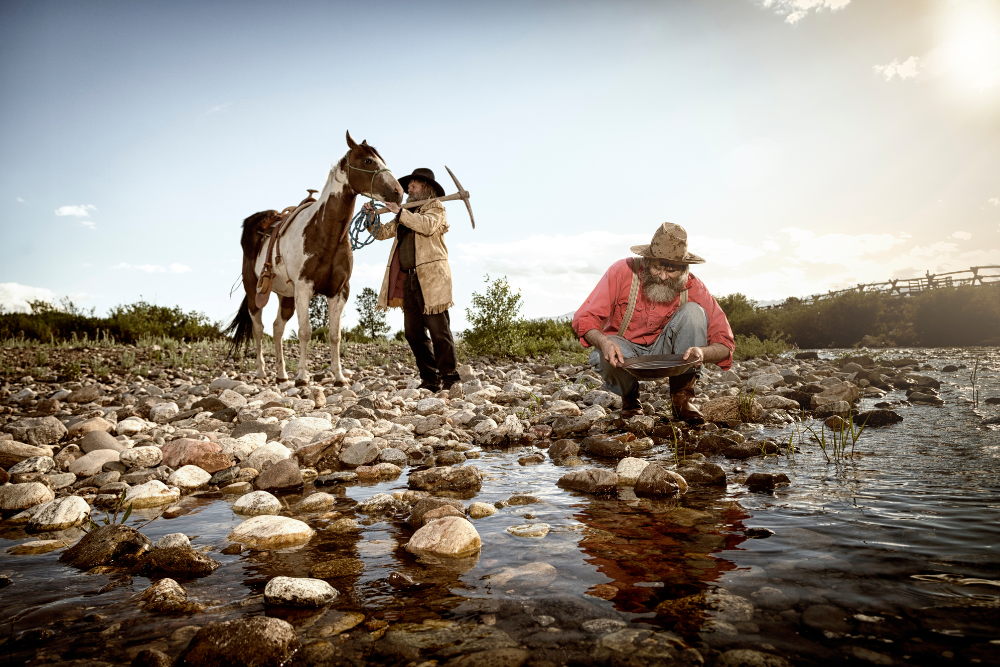
One of the most significant events in Australian Gold Rush history was the Eureka Stockade in 1854, a bloody rebellion between miners and the colonial government. The miners, frustrated with high taxes, harsh working conditions, and a lack of representation, rose up against British authorities.
- Location: Ballarat, Victoria
- What Happened: After several failed negotiations over mining rights and conditions, miners constructed a wooden stockade and prepared to defend themselves. On December 3, 1854, the military stormed the stockade, killing at least 22 miners and several soldiers.
- Legacy: The Eureka Stockade became a symbol of resistance and a turning point in Australia’s fight for democratic rights. It ultimately led to changes in mining laws and more equitable practices for miners.
4. The Impact of the Gold Rush
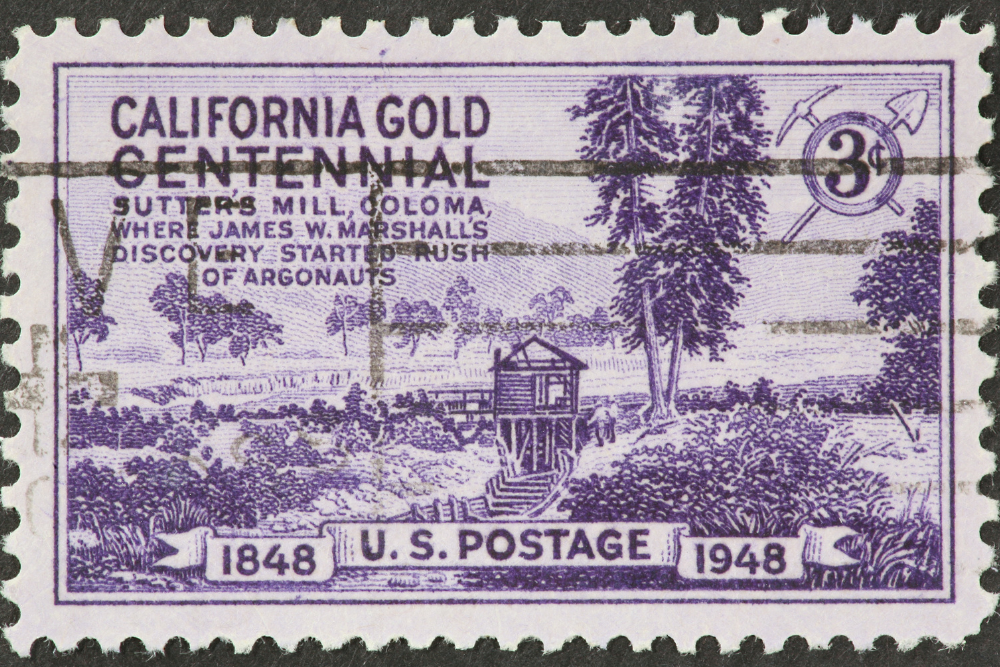
The Gold Rush brought about immense social, economic, and political change, both positive and negative, for Australia.
Economic Boom
- The discovery of gold resulted in a massive economic boom. Gold exports became Australia’s leading source of income, making it one of the wealthiest nations in the world for a period.
- New towns and cities sprang up around the goldfields, creating a bustling economy of miners, storekeepers, entrepreneurs, and service providers. Cities like Melbourne, Ballarat, and Bendigo flourished during the Gold Rush years.
Mass Migration
- Thousands of migrants flocked to Australia in search of their fortune. People came from all over the world, including China, Britain, Ireland, Germany, and North America.
- This influx of people led to Australia’s first wave of multiculturalism, with Chinese miners (who faced significant racial discrimination) establishing their own communities in some goldfields, particularly in places like Bendigo and Ballarat.
Social Change
- The Gold Rush had significant social implications, especially for Indigenous Australians. As European settlers poured into gold-rich areas, Indigenous lands were taken over, and many communities were displaced, leading to a sharp decline in Indigenous populations.
- The goldfields were also sites of growing social tensions, particularly between miners and authorities. This culminated in the Eureka Stockade but also sparked the formation of mining unions and the introduction of more democratic labor laws.
5. Decline of the Gold Rush
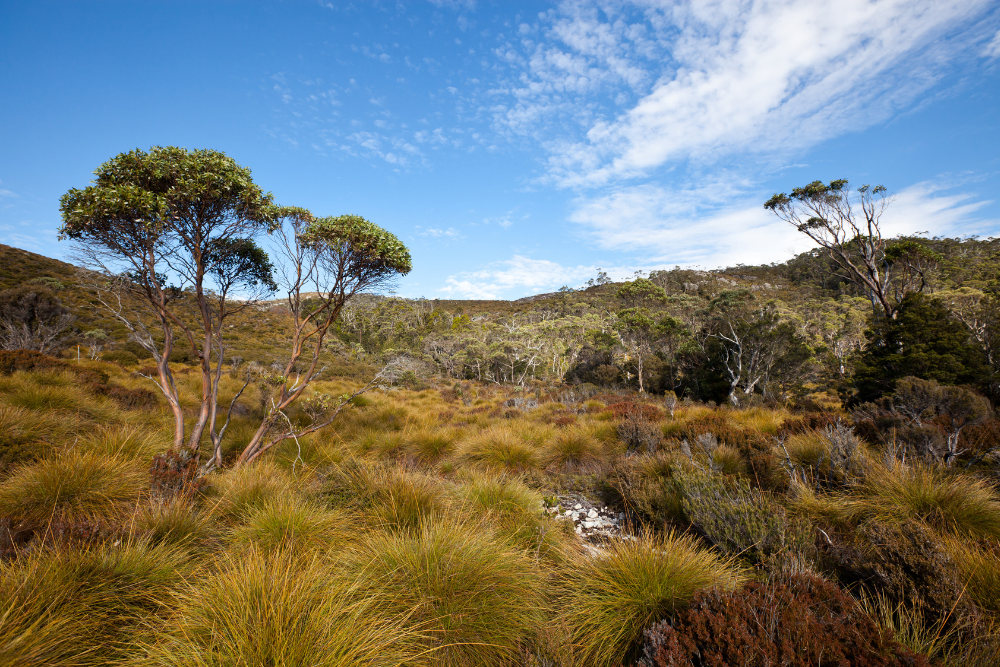
By the late 1850s and early 1860s, many of the goldfields began to dry up as the easily accessible gold was depleted. However, mining continued in other areas for decades, and the Gold Rush era gave birth to some of Australia’s longest-lasting mining traditions.
- New Gold Discoveries: New gold finds were made in other parts of Australia, including Queensland and Western Australia.
- Technological Advances: As surface gold became scarcer, mining technologies such as deep-shaft mining and steam-powered machines were introduced to extract gold from deeper veins.
Conclusion
The Gold Rush is a defining chapter in Australia’s history. The discovery of gold in the mid-1800s brought rapid and transformative change to the country, laying the foundations for a modern economy, a multicultural society, and a more democratic political system. Today, the Gold Rush’s history can be explored at various heritage sites and museums, allowing modern Australians and visitors alike to connect with the past and reflect on the complex legacy left by this turbulent and exciting period in Australian history.












